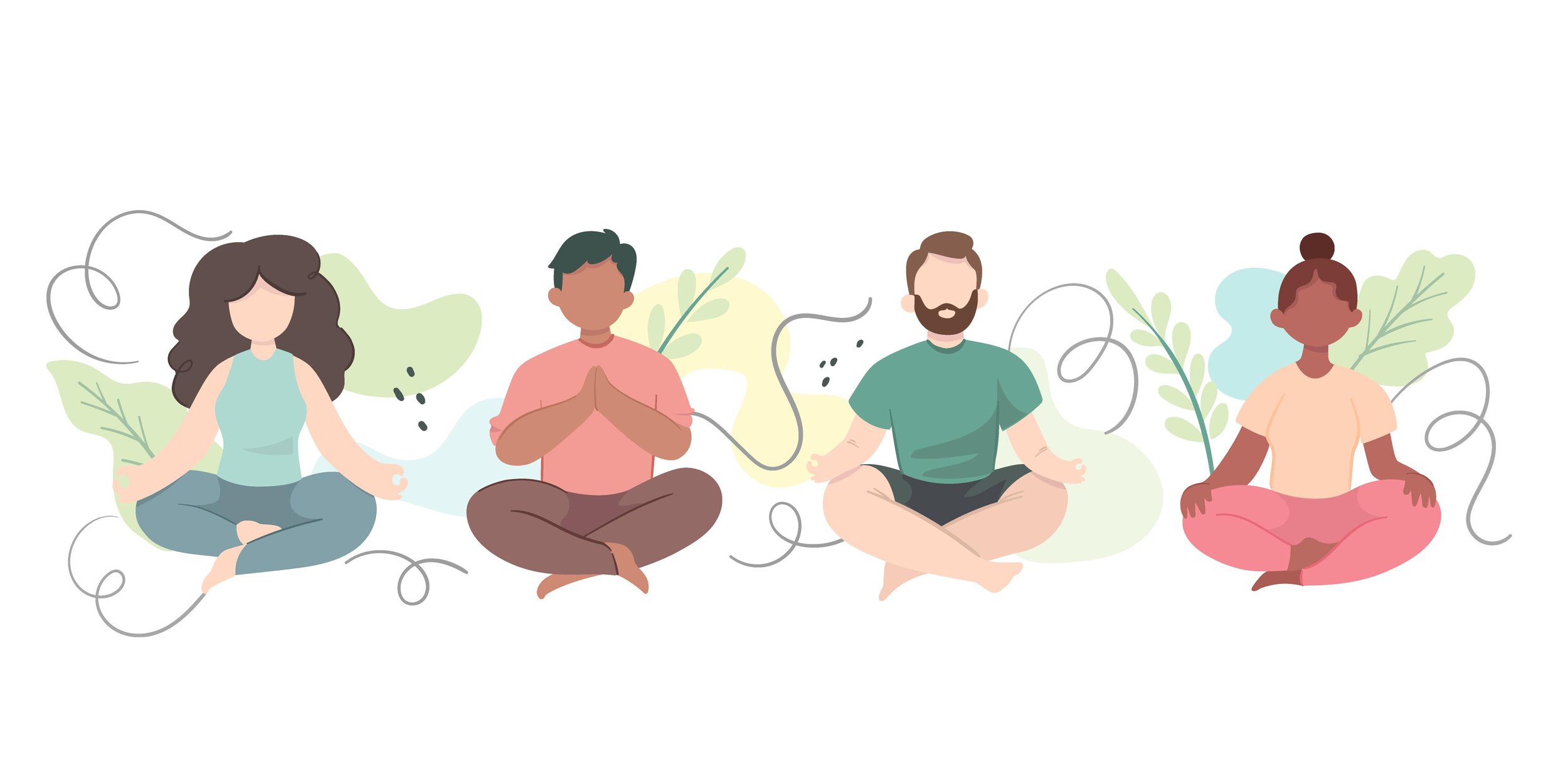Money can be a sensitive topic for many couples, and it’s no surprise why. Our financial habits, values, and goals are deeply personal, often shaped by unique life experiences. Yet, when two people come together to build a life, their financial worlds must also align. Unfortunately, the conversations required to merge these worlds can be fraught with tension, misunderstandings, and even conflict.
As the holiday season wraps up, many couples may find themselves facing the financial aftermath of gift-giving, travel expenses, and festive celebrations. These additional pressures can highlight existing money-related challenges or create new ones. It’s not uncommon to feel stuck or overwhelmed by financial discussions during this time, especially when budgets are tight, or spending has exceeded expectations. But avoiding these conversations can lead to resentment, mistrust, and even larger problems down the road.
The good news? With empathy, teamwork, and the right tools, financial discussions can become a source of connection rather than division. In this guide, we’ll explore practical and compassionate ways to navigate financial discussions as a couple, helping you build trust, achieve shared goals, and strengthen your relationship. Remember, it’s not just about the numbers—it’s about understanding each other and creating a future you both feel excited about.
Address the Financial Stress of the Holidays
The holiday season can amplify financial strain, with gift-giving, travel expenses, and social events adding up quickly. To navigate this together, set a clear holiday budget that includes gifts, travel, and entertainment. Consider alternatives like homemade gifts or experiences rather than material items. Openly discuss priorities for the season, and remember that shared moments often mean more than extravagant purchases. Approaching the holidays as a team can help reduce stress and keep your relationship strong.
Create a Judgment-Free Zone
Financial discussions can feel vulnerable, especially if one partner is dealing with debt or has different spending habits. Establish a safe space where both of you can share openly without fear of judgment. Set the tone by focusing on teamwork rather than blame. For example, instead of saying, “You’re always overspending,” try, “How can we work together to stick to our budget?”
Set a Regular Money Date
Rather than addressing financial matters only during crises, schedule regular “money dates” to review your finances. These can be monthly check-ins to discuss your budget, savings, and goals. Make it a routine, and even add some fun elements—like ordering your favorite takeout or celebrating small financial wins—to keep it positive and engaging.
Understand Each Other’s Money Mindset
Each person’s relationship with money is shaped by their upbringing, experiences, and values. Take time to understand your partner’s financial mindset. Are they a saver or a spender? Do they feel anxious about debt? Understanding these perspectives can help you approach discussions with empathy and find common ground.
Be Transparent About Your Financial Situation
Honesty is essential in any relationship, especially when it comes to finances. Share your full financial picture, including income, debts, credit scores, and savings. Transparency builds trust and allows you to create a realistic financial plan together. If this feels overwhelming, start small and gradually share more details over time.
Set Shared Goals
One of the most effective ways to align financially is by setting shared goals. Whether it’s saving for a vacation, buying a home, or planning for retirement, having common objectives can transform financial discussions from stressful to inspiring. Break these goals into manageable steps and track your progress together.
Create a Joint Budget—With Flexibility
A well-thought-out budget is a powerful tool for financial harmony. Start by listing your combined income and expenses, then allocate funds for essentials, savings, and discretionary spending. Remember to leave room for individual flexibility; this ensures that both partners have some autonomy while sticking to the plan.
Seek Professional Help if Needed
If financial discussions consistently lead to conflict, consider seeking help from a financial advisor or couples therapist. Couples therapy, in particular, can help uncover underlying emotional triggers tied to money, improve communication, and strengthen your partnership. A therapist can guide you in developing healthier financial habits while addressing any lingering issues that might be impacting your relationship. Financial coaches can also help create a roadmap tailored to your unique situation.
Celebrate Milestones Together
Financial progress can feel slow, so it’s important to celebrate achievements along the way. Whether you’ve paid off a credit card, reached a savings goal, or stuck to your budget for six months, take time to acknowledge your hard work as a team. Celebrations reinforce positive behaviors and keep you motivated.
Overcoming financial discussions as a couple requires patience, understanding, and a willingness to collaborate. By fostering open communication, setting shared goals, and supporting each other through challenges, you can turn financial talks into opportunities to grow closer. Remember, it’s not about perfection but progress—and the journey is always better when you’re in it together. Every step you take toward financial harmony strengthens the trust and connection you share as a couple. Whether it’s tackling debt, planning for future dreams, or simply agreeing on a weekly budget, each discussion brings you closer to a partnership built on mutual respect and shared vision. Keep the focus on your shared values and aspirations, and let those guide your financial decisions. Together, you have the power to navigate any challenge and create a life that reflects both your hearts and your goals.




















